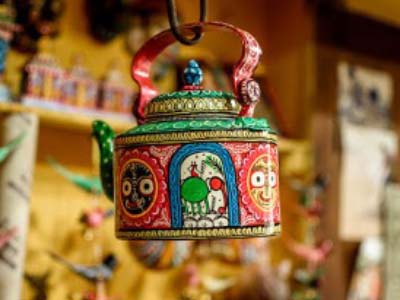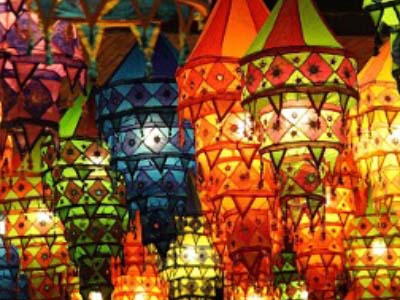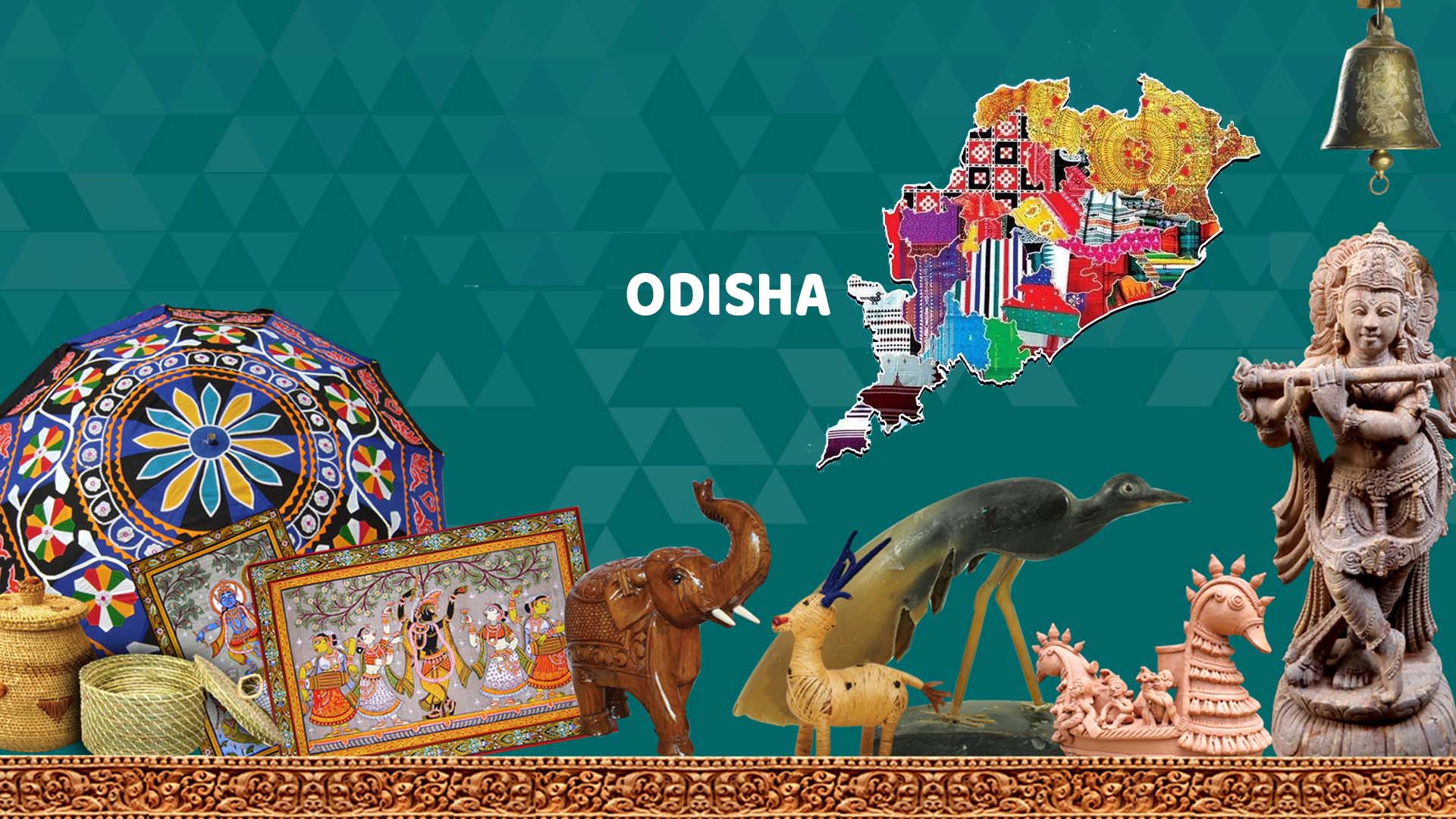Odisha has always enthralled its lover with its eternal mystical charm, a beautiful poetic cocktail of history, culture and nature, so serene, so pristine, yet scintillating and intoxicating.
With the vanishing sea of Chandipur in the North, the architectural marvel of Ratnagiri, the mysticism of Lord Jagannath, the majestic Konark Sun Temple, the dazzling Chilika Lake and the freezing Daringbadi in the tribal hills of the South, Odisha has always been a connoisseur’s delight.
Endowments of History and Nature
For more than 2500 years, the dauntless vivacity of the Kalingan legacy has been flowing through the annals of history. The brave resistance and sacrifice to the brutal onslaught of the Emperor Ashoka in the Kalinga war resulting in the massacre of millions thereby converting Chandasoka to Dharmasoka became the turning point in the world history. The vast maritime trade route of Kalinga became instrumental in propagating the religion of Buddhism across the world under the Emperor’s patronage, hence Buddhism became a world religion because of the ancient Odisha.
The resurgence of Kalinga took place soon after the fall of the Mauryan Empire under the visionary leadership of Emperor Kharavela who restored its lost pride by providing a strong economic and military base which was carried forward for more than 1600 years by the successive rulers of Odisha till the advent of 17th century. Odisha became the only region in India which successfully resisted the early invasions by Muslim rulers for more than 400 years, hence preserved its ancient heritage from getting plundered. It is interesting to know that when Delhi and the entire India was raided by invaders who destroyed, desecrated and looted ancient Hindu temples & Buddhist monasteries, Odisha was at its pinnacle of glory which was then creating some of the architectural marvels of Kalingan empire through the majestic temples of Lord Lingaraj at Bhubaneswar, Lord Jagannath at Puri and the Konark Sun Temple during the 11th , 12th & 13th century AD respectively, hence reflecting its economical, cultural and military prowess.
 The legacy of the Kalingan heritage has also influenced heavily the socio-economic fabric of millions of early Indian-origin inhabitants of South East Asia and Sri Lanka through the propagation of trade, culture, religion and architecture. Till today, the Indian origin people of Indonesia, Malaysia and other South East Asian countries are called ‘Klings’ irrespective of your belongingness to Gujarat, Punjab, Tamil Nadu or Maharashtra. The majority of people in Sri Lanka still cherish their ancient linkages with the Kalingan territory of eastern India from where their forefathers have come.
The legacy of the Kalingan heritage has also influenced heavily the socio-economic fabric of millions of early Indian-origin inhabitants of South East Asia and Sri Lanka through the propagation of trade, culture, religion and architecture. Till today, the Indian origin people of Indonesia, Malaysia and other South East Asian countries are called ‘Klings’ irrespective of your belongingness to Gujarat, Punjab, Tamil Nadu or Maharashtra. The majority of people in Sri Lanka still cherish their ancient linkages with the Kalingan territory of eastern India from where their forefathers have come.
Mother Nature has also endowed Odisha its strategic location with a pristine coastline of 480kms, abundance of natural resources and a wide range of flora & fauna. Demographically, Odisha boasts for being the custodian of 62 indigenous ethnic tribes, the highest in any Indian state. Chilika Lake being Asia’s largest brackish water lagoon has been the winter haven of migratory birds and is also the sanctuary for the endangered Irrawady Dolphins. The rare species giant Olive Redley turtles swim for several thousand miles from Atlantic to their ecologically favoured nestling haven of Gahirmatha and Rushikulya in the Odishan coast. The vanishing sea of Chandipur where water recedes around 5kms during the low-tide is located in the northern district of Balasore which was once the most preferred trading centre for the early European settlers in Eastern India for over 300 years before Kolkata came into existence and which still has some remnants of Dutch and French legacy.
Challenges, Opportunities and the Road Ahead:
Despite having the blessings of history and nature, unfortunately Odisha could not draw the dignified attention of the globetrotters because of its inability to project the image which it was once commanding in the past. Due to various historical reasons during the British Colonial era, Odisha lost its political and economical significance in the last two centuries and hence perceived as one of the most backward areas of the country among the European travellers who constitute the major portion of the inbound traffic. Tourism is just a game of Perception Management where Odishan brand managers –politicians, intellectuals, artistes, businessman and royalties-failed miserably due to their subservient mindset. In today’s time, when Rajasthan is perceived among Europeans as an ideal destination to showcase Indian culture, Goa its fun capital and Kerala its wellness centre, Odisha is perceived as land of poverty and primitive tribes. Hence, the State could not draw major major investors in the tourism sector because of the perceived notion of non-viability of the business due to the poor projection thereby making Odisha one of the least preferred destinations of India.
Making and breaking of perception takes a long time. When the Europeans have stereotype perception for Odisha as a poor destination, there is no need for the marketer’s of State Tourism to reach out to the Western world every year through regular participation in ITB Berlin or WTM London. Breaking of this deeply entrenched negative perception will take long time irrespective of all the publicity endeavours.
Hence, need of the hour is to search newer pastures to source inbound tourists to Odisha where the ‘Look East’ policy will be more fruitful. The cultural legacy of Kalinga is very strong in South East Asia and Sri Lanka because of the spread of religion and trade in the past. The problem is that the people in those countries do not know Odisha’s ancient name and its contribution to shape their history. So, the focus of the marketers of Odisha Tourism has to be more strategic in creating awareness of every aspect of our ancient linkages to those regions covering traditions, customs, food, religion etc. Because of the proximity of these Asian countries to Odisha, the State can serve as their short haul weekend gateway ensuring through-out the year business if direct air-connectivity and better on-ground infrastructure is developed. The Land of Ancestors (or Root Tourism) and Buddhist Pilgrimage may be the major offerings from Odisha to the natives of South East Asia and Sri Lanka if the strategic policy makers of Odisha and India Tourism emphasized more on effective perception management and aggressive marketing the East Asian region. These endeavours of cultural link-ups will take care of the long term strategic interest of India and also play a bigger role in employment generation, poverty alleviation and moreover a better image creation.
– Sameer Kumar Das
(An article by Sameer Kumar Das)
(The author Sameer Kumar Das works at the KIIT Deemed to be University, Bhubaneswar as Deputy Director, School of Languages)


